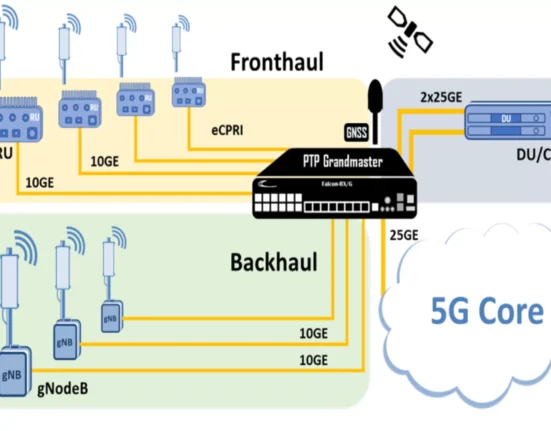Introduction: When Data Learns to Feel
The digital age is being characterized by a quick flow of information. All of the tweets, reviews, and news articles influence the perception of a brand by the population. However, raw data does not make the whole story because emotion does. This is where sentiment analysis comes into the core of modern media monitoring. Through a combination of data science and emotional intelligence, businesses can not only read what people are saying to them, but how they feel regarding it.
Since it is possible to track viral moments on twitter and determine how society reacts to PR crises, AI sentiment analysis enables companies to make informed, empathetic, and timely decisions.
Sentiment Analysis in Media Monitoring
Sentiment analysis (or opinion mining) fundamentally concerns the text data whose analysis aims at identifying the sentiment of a text as positive, negative, or neutral. When incorporated into media intelligence systems, it is a potent means of gaining audience perception on a large scale.
The contemporary tools of sentiment analysis scan the sources in thousands in real time, which can be social media or web-based news and forums. Be it a trending tweet or a breaking news headline these tools can pick up on the hidden emotions and trends that are usually overlooked by traditional analytics.
As an example, there is a product being launched, Twitter-monitoring can immediately tell you how the discussion about your brand is going to be either excitement or disappointment. Such a feedback loop of immediate emotional reactions provides companies with an advantage in their responsiveness.
The Use of AI Sentiment Analysis
The conventional analysis is rule-based and could not withstand the complexity of languages. Using natural language processing (NLP) and machine learning, the current sentiment analysis AI can recognize subtle emotions, such as sarcasm, anger, or enthusiasm.
AI does not simply label something as positive or negative comments, but it interprets. As an example, the phrase That update was sick! used to confuse AI systems, but today AI models can understand that sick can be used as a slang expression when referring to amazing.
The newer and smarter sentiment analysis softwares are continuously learning through new data and are adapting to the evolving trends and internet slangs. They therefore provide the brands with a more precise, dynamic and emotionally attentive insight into the sentiment of their audience.
The reason why Sentiment Analysis is the Heart of Media Monitoring
Media watching is not only a matter of keeping track of the mentions but also a matter of mood reading the masses. Analysis enables organizations to:
- Identify crisis early on: Negative sentiment spikes warn PR departments about problems that will go viral.
- Measure campaign performance: Brands can discover the actual reactions of the audience towards new videos, events, or products.
- Know competitors: By tracking competitor sentiment, brand health can be benchmarked and opportunities create opportunities.
- Improve customer relationships: Companies are able to build trust and loyalty as a result of responding to negative feedback in a timely manner.
Sentiment data, in a nutshell, is like giving human perspective and relevance to the analytics on which media strategies are developed, thereby ensuring that insights are more human and actionable.
Insights to Strategy The Power of Emotion-Aware Analytics
Sentiment-powered media alarm converts unthoughtful listening into action plan. It allows companies to overcome live media tempests, craft stories, and make evidence-based decisions that are emotionally impactful.
An AI analysis media intelligence platform does not simply follow the trend, but pulls away the meaning behind the trend. It is this emotional context that completes a raw data to actionable insight.
Conclusion: Being the Pulse of the Digital World
With audiences becoming more vocal and connected, emotion is not an option, it is a necessity. Analysis tools enable businesses to share the emotion of their audiences, on an equivalent scale as their data.
In the ever-changing modern reality based on the idea of reaction it is obvious that media monitoring skills will rely as much on emotional intelligence as on technical accuracy. And after all, there is a human feeling behind any piece of data. Every piece of data has a human emotion, and in that emotion the truth of your brand story.






